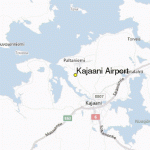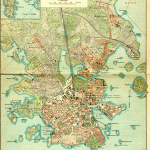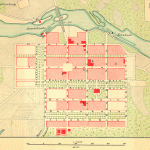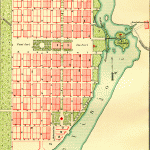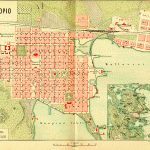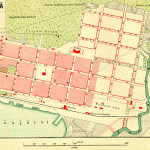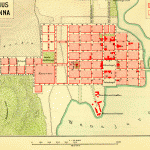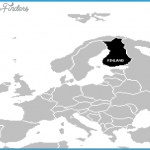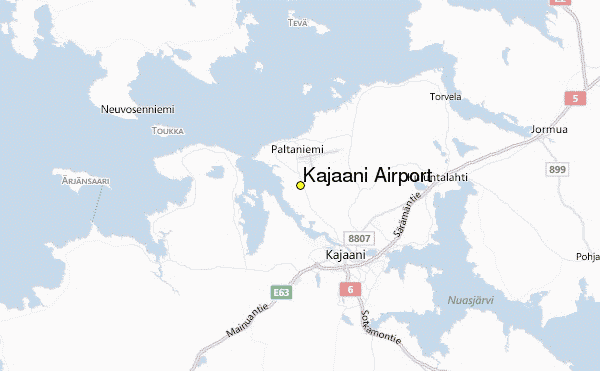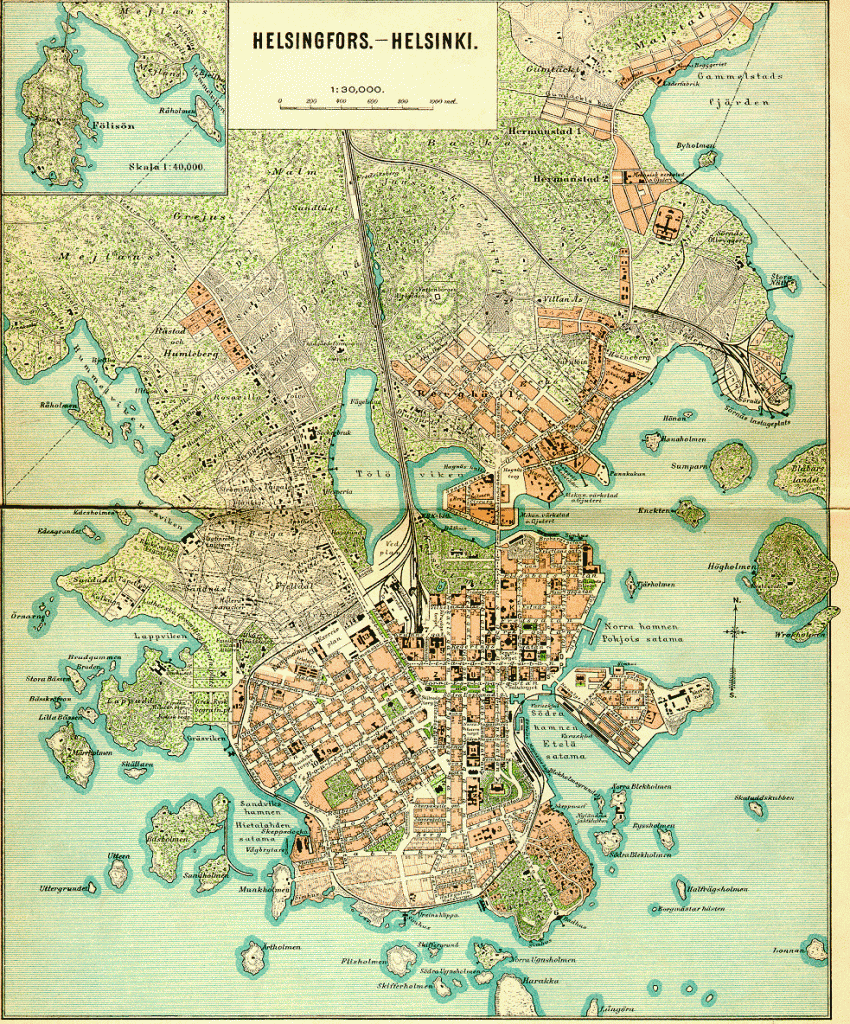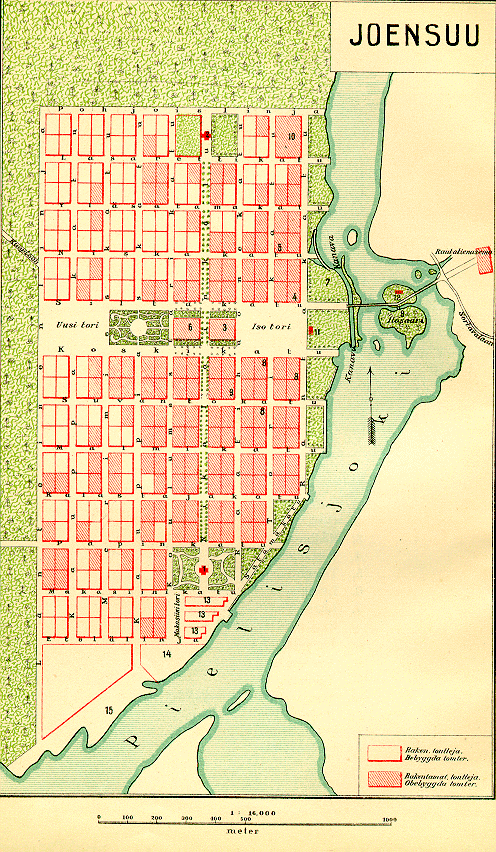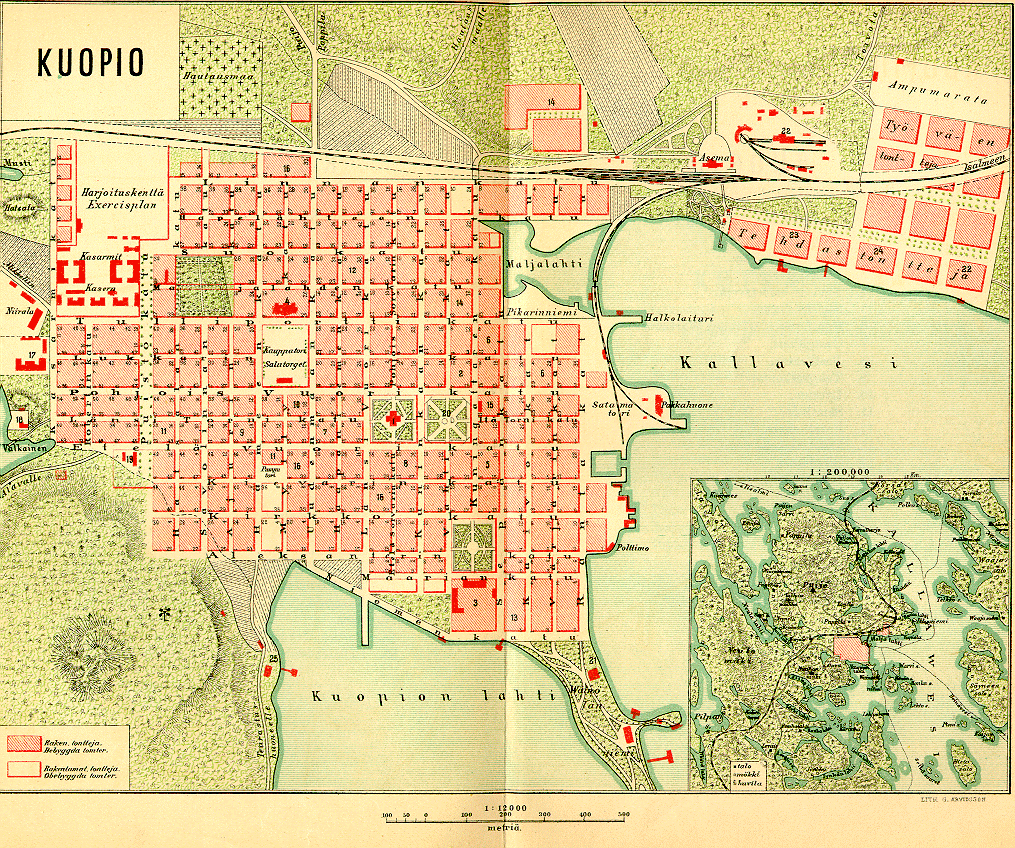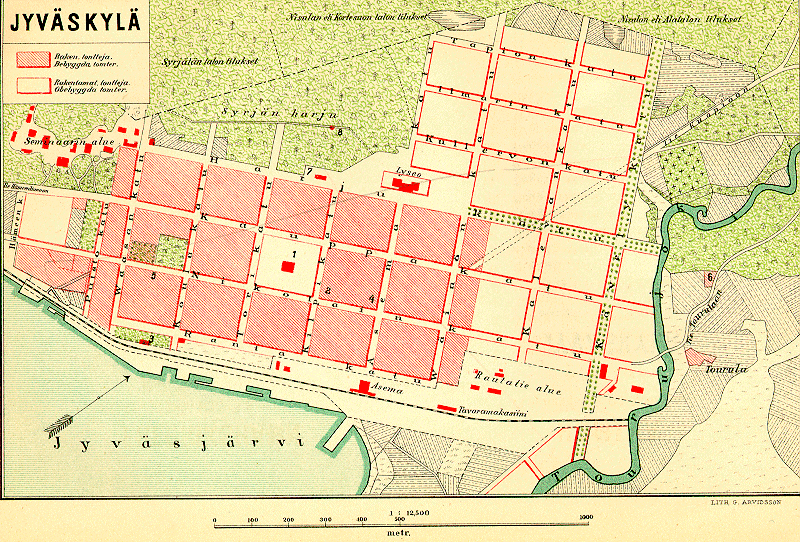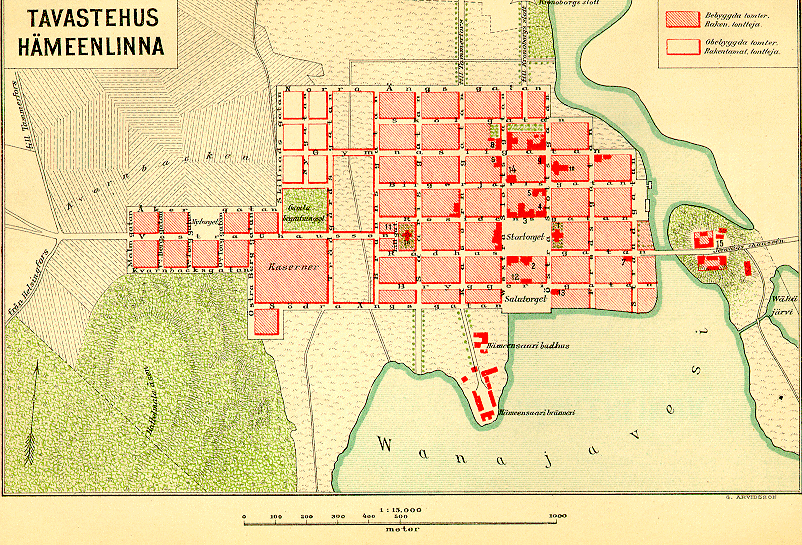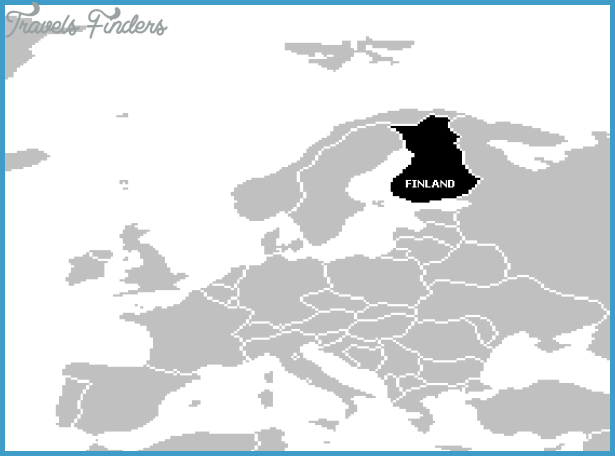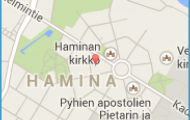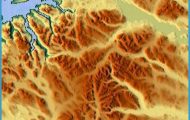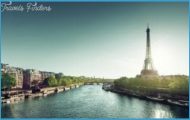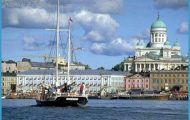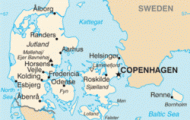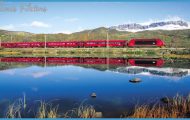Province: Oulun laani (UleSborgs IanOulu). Altitude: 127 m (417 ft). Population: 33,000. Postal code: SF-87100. Telephone code: 9 86.
Kainuun Matkapalvelu,
Pohjolankatu 21 B; tel. 2 50 79.
HOTELS. Kajaani, Leiripolku 2,150 SP, bathing beach; Seurahuone, Kauppakatu 21, 70 Valjus, Kauppakatu 20, 60 SP; Vanha Valskari, Kauppakatu 21, 60 b.
1 Grammar School
2 Water Tower
3 Municipal Theatre
4 Parish Church
5 Police Headquarters
6 Town Hall
7 Government Offices
8 Municipal Library
9 Museum of Central Finland 10 Alvar Aalto Museum
The Finnish town of Kajaani, in the middle of the Kainuu district (roughly half-way between the Gulf of Bothnia and the Soviet frontier), lies on the S bank of the Kajaaninjoki (here harnessed by a hydroelectric power station), which flows into the lake of Oulujarvi (alt. 124 m (407 ft); area 1002 sq. km 387 sq. miles) just to the NW of the town.
The town owes its development to the trade in tar, which was bought by Jyvasjarvi merchants in eastern Kainuu and conveyed by water to the ports on the Gulf of Bothnia, shipped to Sweden and later to Britain and used for the caulking of boats. The area now has a considerable woodworking industry; several thousand of its inhabitants also work in Soviet industrial establishments across the frontier.
The doctor and poet Elias Lonnrot (1802-84) lived in Kajaani from 1833 on as district medical officer. He travelled about the countryside collecting fragments of the Finnish national epic Kalevala, which he then edited and published.
SIGHTS. On the bank of the Koivukoski is the market square, with the new Town Hall (1906); the old Town Hall, a wooden building designed by Carl Ludwig Engel, is to be found in Vanhatori. To the NE, on the little island of Linnasaari, are the ruins (restored 1 937) of the fortress of Kajaneborg (built 1 607-66, taken by the Russians and destroyed in 1716), in which the Swedish historian and poet Johannes Messenius (1579-1636) lived as a prisoner from 1620 to 1635 and wrote a rhyming chronicle of Finland. Orthodox church. There are extensive views from the water-tower.
SURROUNDINGS. 12 km (74 miles) NW, in Paltaniemi, on the S side of the Paltaselka (a wide inlet at the E end ofthe Oulojarvi), is the wooden church of Paltamo (1726), with wall and ceiling paintings by Mikael Toppelius (d. 1821). Nearby is the so-called Emperor’s Stable, recalling Tsar Alexander I’s visit to Finland. Paltamo was the birthplace of the great Finnish lyric poet Eino Leino (1878-1926).

